Category: Church History
-

A New First Vision Podcast
We are now in the year 2020, which is 200 years after the date that Joseph Smith said that he was first visited by God the Father and Jesus the Christ. At the most recent general conference, President Russell M. Nelson noted this anniversary and invited us to “prepare for a unique conference that will…
-
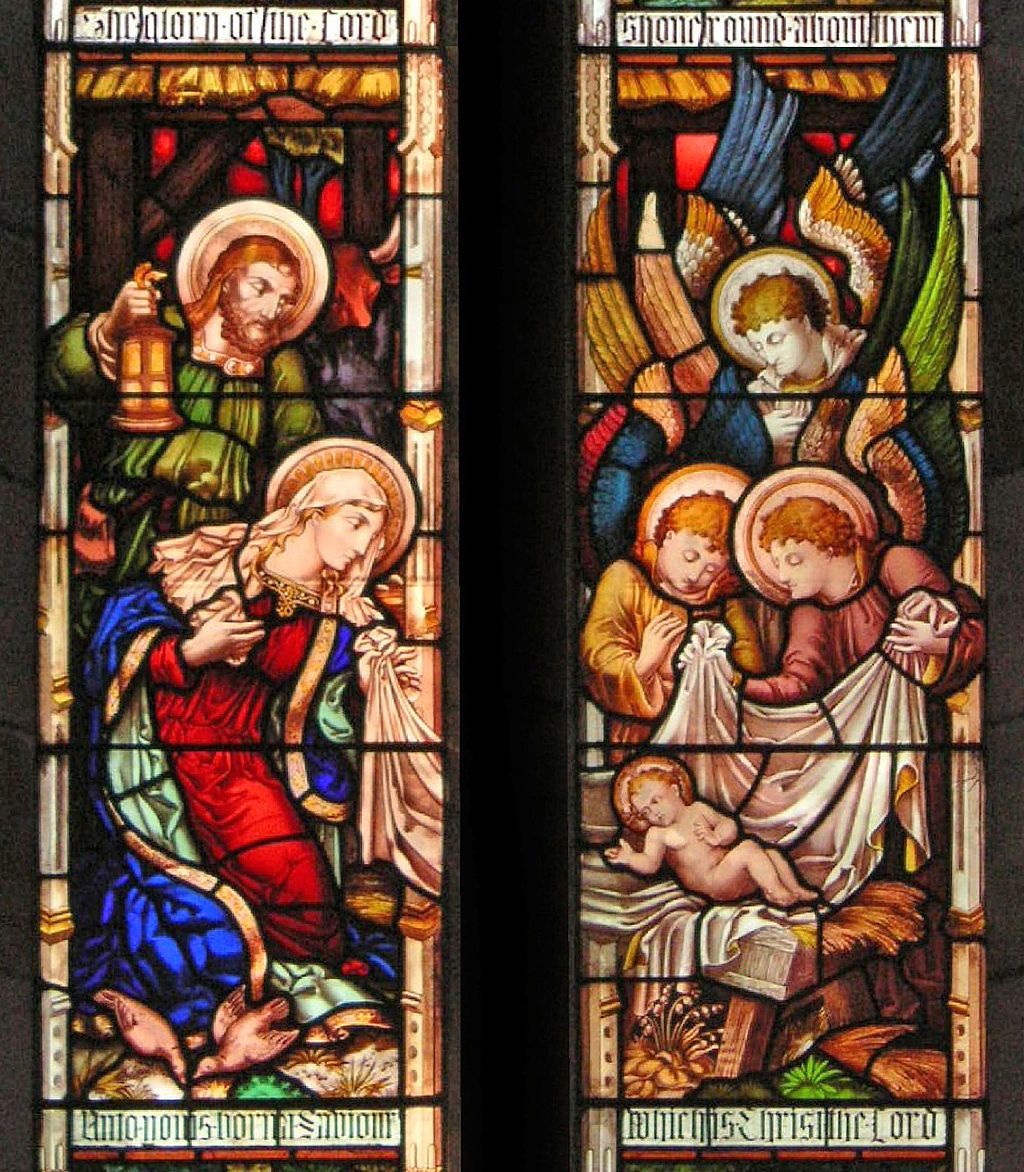
The Standard Christmas Sacrament Meeting
My sister recently sent the planned text for the sacrament meeting program in her ward (she is involved in the planning) to me and the rest of our siblings for our suggestions. It was fine, lovely even. It was full of Christmas hymns with brief introductory and concluding texts. Sound familiar? Other than this type…
-

Documents and Dialogic Revelations
Joseph Smith began his ministry with a wealth of visions and revelations. Many among these were what have been called dialogic revelations–answers given by God to Joseph Smith in response to questions or specific situations. Written documents phrased as God speaking through Joseph Smith have been treated with particular weight, both by early Latter Day…
-
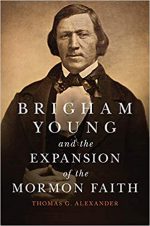
Brigham Young and the Expansion of the Mormon Faith, a Review
Back in June, Clark Goble mentioned that he was going to write a review of Thomas G. Alexander’s new biography Brigham Young and the Expansion of the Mormon Faith. It’s one of many misfortunes among the great losses of Clark passing away that we never had the opportunity to read the review he was planning…
-
First Vision Resources
We were left with a bit of a cliff hanger at the end of general conference this year—the promise of a unique general conference next April celebrating the 200th anniversary of the year Joseph Smith said he experienced the First Vision. President Russell M. Nelson spoke briefly of various events in Church history, including the…
-
A Word of Wisdom or a Commandment?
The revelation that forms the basis of the Latter-day Saint dietary code refers to its contents as “a word of wisdom for the benefit of the Saints in these last days” (D&C 89:1). The Word of Wisdom was treated like its name implies during much of the nineteenth century—wide advise from God, but not a…
-
Hot Drinks and Cold Soda
One aspect of the Word of Wisdom that has long been debated is whether or not all caffeinated drinks should be included under its umbrella. The original revelation specified that hot drinks should not be consumed, which was interpreted to mean coffee and tea. Throughout the twentieth century, the most common explanation for why was…
-
Cores and Corollaries of the Word of Wisdom
The Church recently published some clarifications on issues related to our health code in the New Era magazine and gave them official status in a statement a few weeks later.[1] Essentially, vaping or e-cigarettes, marijuana and opioids, green and iced tea, and coffee-based products are officially prohibited. While we look to the 1833 revelation of…
-
Handcarts and History
In many ways, handcarts have come to symbolize the Mormon pioneer experience. There are a few reasons for this. With the tragic experiences of the Willie and Martin handcart companies of 1856, the handcart companies are among the easiest group of pioneers to dramatize. As a result, popular Latter-day Saint historical fiction books and movies…
-
Spanish Hymns and the Future Hymnbook
Recently, Walter van Beek wrote an interesting post on this blog about Global Mormonism. Globalization and decentralization are important topics in the Church right now. Even within the past few weeks, the gathering of the First Presidency and Quorum of the Twelve in Rome has been portrayed as a hugely symbolic moment for the Church’s…
-
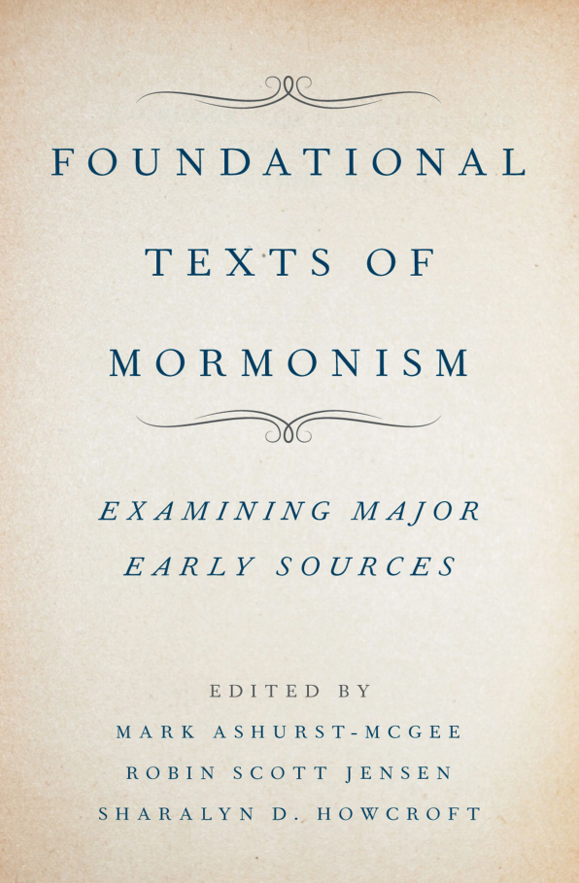
Review: Foundational Texts of Mormonism
Here’s the shortest review possible. If you’re even moderately interested in Church history or theology or even just in close reading of scripture you should get Foundational Texts of Mormonism. If it’s not already in your library, ask for it for Christmas.
-
The Expanded Canon: A Review
Several months ago, my wife Lissette gave a talk in sacrament meeting on the topic of modern prophets and continuing revelation. She wanted to provide something different, something the congregation could really chew on (no “theological Twinkies“). She ended up discussing how modern-day prophets model the process of revelation for us. Drawing on Elder Bednar’s analogy…
-
Saints, Volume 1: A Review
About a week ago, the first volume of the new official history of the Church was published. I finished reading through it this weekend, and I have to say that it is fantastic. The style of prose reads like a novel (many creative authors were employed as the writers or consultants for the book), but…
-
The New LDS Hymnbook: Changes and Possibilities
Recently, the Church of Jesus Christ of Latter-day Saints announced that they were going to prepare a new hymnbook and children’s songbook for use in the worldwide Church. Specifically, the goal is to create unity in hymn numbers and selections that reflect the needs of a global organization. This is the first time in over…
-
Review: William V. Smith’s ‘Textual Studies of the Doctrine & Covenants’
In October 2007, I returned home to Texas from my mission in Nevada. In April of the following year, the raid on the YFZ Ranch near Eldorado, TX, occurred. I didn’t think much about it at the time because, you know, they weren’t real Mormons (as many LDS are wont to say). However, a good…
-
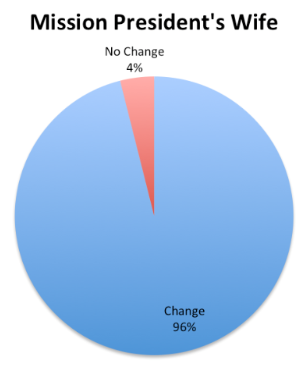
What’s in a name? A historical note on the title of the Mission President’s Wife
Last year, Cassler and McBaine published results of their survey on “the Naming of Women’s Positions and Organizations in the LDS Church.” Around 400 survey respondents who self-identified as LDS women answered questions about whether or not they would change the names of various women’s roles and groups, including the Young Women’s groups (Beehives, Mia…
-
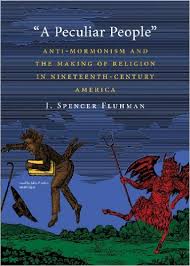
Review: A Peculiar People, or How Protestants Viewed Mormons in the Nineteenth Century
So I finally got around to reading J. Spencer Fluhman’s book “A Peculiar People”: Anti-Mormonism and the Making of Religion in Nineteenth-Century America. I was expecting another account of “beat up the Mormons” episodes in the 19th century. Instead, it was an entertaining and informative review of how informally established Protestantism worked in the 19th…
-
New “Official” Church History Volumes Forthcoming
Ten years ago, I posted one of my very first pieces at T&S, “Missing Essentials,” noting the decline of familiarity with LDS history by the average member of the Church and suggesting this was due, in part, to the lack of a replacement volume for Essentials in Church History. In the intervening ten years, the…
-
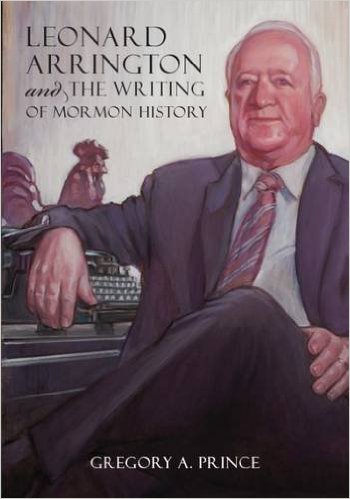
Telling the stories of the Church’s history
A review of Leonard Arrington and the Writing of Mormon History, by Gregory A. Prince Telling the history of a church can be tricky. Which elements arose from the culture of the time? Which manifest the direct intervention of the divine? Is that even a sensible distinction? On the one hand, some Church leaders have…
-
Some Thoughts on Trends in Apologetics
First let me say upfront that I simply don’t read that many apologetic papers anymore. That’s less about any problems with the genre so much as just a lack of time. I have to be a little pickier about what I read than I used to. One day when little kids aren’t waking up all…
-
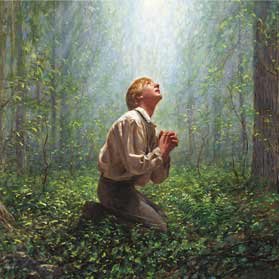
The New Harmonized First Vision Account
Sunday night, Elder Richard J. Maynes, of the Presidency of the Seventy, delivered a CES Devotional on the First Vision. In particular, he made explicit reference to the four first-person accounts of the First Vision authored by Joseph Smith that we have. [See the text of the four accounts at this handy page at the…
-
Terryl Givens on What It Means to Sustain
Below is a letter Terryl Givens recently wrote on what it means to sustain Church leadership. It is an outgrowth of an actual correspondence between Brother Givens and a friend, and is posted with Givens’ permission. The friend holds strong feelings about recent changes made to the Church Handbook of Instruction and had asked Givens…
-
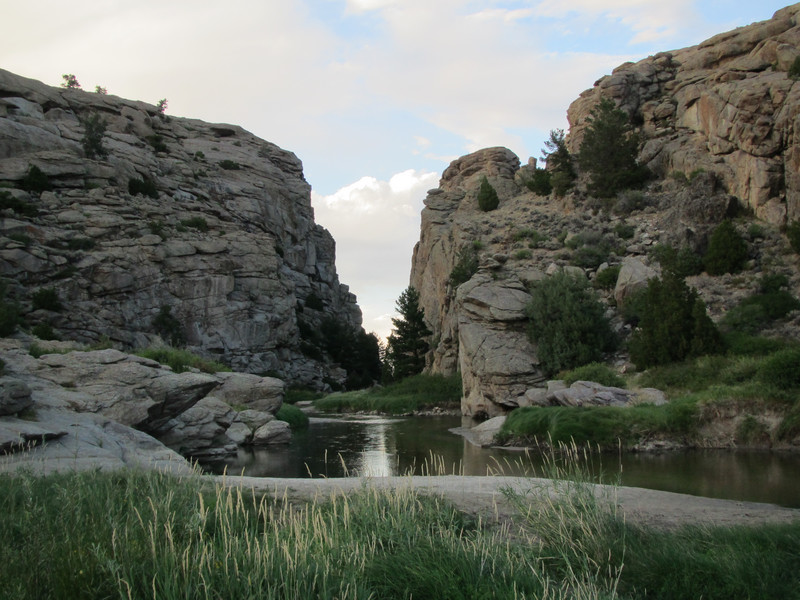
A Look at Life on the Trail
On a recent corner-to-corner drive across the state of Wyoming, I paralleled the Mormon Trail for about 200 miles: from where the trail intersects I-25 (about 80 miles north of Cheyenne), through Casper (site of the first Mormon ferry), along Wyoming 220 past Independence Rock, Devil’s Gate, and Martin’s Cove, then up US 287 past…
-
Review: Revelation, Resistance, and Mormon Polygamy
Merina Smith’s Revelation, Resistance, and Mormon Polygamy: The Introduction and Implementation of the Principle, 1830-1853 (USU Press, 2013) does a very nice job summarizing scholarship on the LDS practice of polygamy during Joseph Smith’s lifetime and for the decade following his death. The focus of the narrative (which is based on the author’s recent PhD…
-
Review: Joseph Smith’s Polygamy: Toward a Better Understanding
You have probably heard about Joseph Smith’s Polygamy: Toward a Better Understanding (Greg Kofford Books, 2015; publisher’s page) by Brian C. and Laura H. Hales. It has been getting a lot of attention, coming as it does in the wake of the recently released polygamy essays at LDS.org. Furthermore, the book follows the three-volume treatment…
-
Review: For the Cause of Righteousness: A Global History of Blacks and Mormonism, 1830-2013
It’s time for a discussion of Russell Stevenson’s For the Cause of Righteousness: A Global History of Blacks and Mormonism: 1830-2013 (Greg Kofford Books, 2014; publisher’s page). I bought my copy at a book signing at Benchmark Books in Salt Lake. Deseret Book is carrying the book, but if you live in Utah County go…
-
Polygamy: Public Practice
In my prior post, I looked briefly at the origins of polygamy. Again using documents from B. Carmon Hardy’s Doing the Works of Abraham: Mormon Polygamy: Its Origin, Practice, and Demise (Arthur H. Clark, 2007), I will now look at the public practice of polygamy in early Utah. How did the Saints in Utah explain…
-
Polygamy: Origins
Once upon a time, no one except critics wanted to talk about LDS polygamy. But TV shows, court cases, and four Gospel Topics essays on the subject — which run to 32 pages of material when I printed them out — have changed the game. Now everyone is talking about polygamy. The current LDS position,…
-
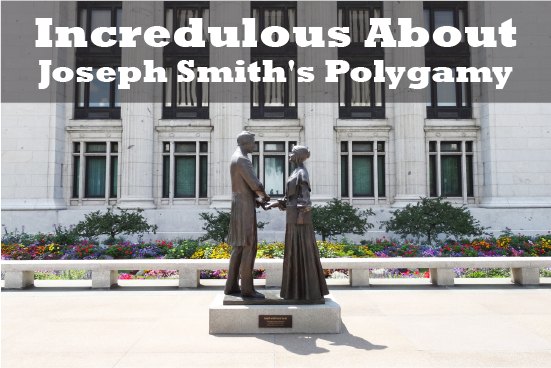
Incredulous About Joseph Smith’s Polygamy
Entrenched in Mormon Culture I am a 7th generation Mormon who grew up in Utah County. I attended church all my life, had regular family scripture study and FHE. My dad was a BYU math professor and my mom a devout scripture scholar. I graduated from seminary and graduated from BYU (with all its required…
-
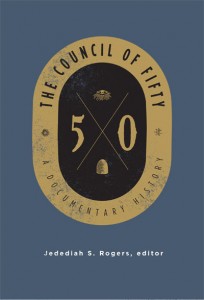
Book Review: The Council of Fifty: A Documentary History
I don’t have time to do a proper review of the 490 pages of The Council of Fifty: A Documentary History (Signature Books, 2014), edited by Jedediah S. Rogers, so I am just going to start writing and see what happens. The book hits the bookshelves today, so it’s a potential Christmas gift for the…
